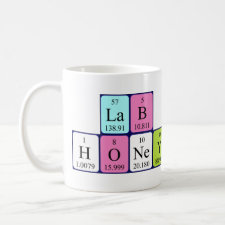
Authors: Herdes C, Sarkisov L
Article Title: Computer Simulation of Volatile Organic Compound Adsorption in Atomistic Models of Molecularly Imprinted Polymers.
Publication date: 2009
Journal: Langmuir
Volume: 25
Issue: (9)
Page numbers: 5352-5359.
DOI: 10.1021/la804168b
Abstract: Molecularly imprinted polymers (MIPs) offer a unique opportunity to significantly advance volatile organic compound (VOC) sensing technologies and a number of other applications. However, the development of these applications using MIPs has been hindered by poor understanding of the microstructure of MIPs, geometry of binding sites, and the details of molecular recognition processes in these materials. This is further complicated by the vast number of optimization parameters such as building components and processing conditions. Computer simulations and molecular modeling can help us understand adsorption and binding phenomena in MIPs on the molecular level and thus provide a route to more efficient MIP design strategies. So far, molecular models have been either oversimplified or severely limited in length scale, essentially focusing on a single binding site. Here, we propose a more general, atomistically detailed model that describes the microstructure of MIPs. We apply this model to investigate adsorption of pyridine, benzene, and toluene in MIPs and demonstrate that it is able to capture a number of essential experimental features. Therefore, this model can serve as a starting point in computational design and optimization of MIPs
Template and target information: volatile organic compounds, VOCs, pyridine, benzene



Join the Society for Molecular Imprinting

New items RSS feed
Sign-up for e-mail updates:
Choose between receiving an occasional newsletter or more frequent e-mail alerts.
Click here to go to the sign-up page.
Is your name elemental or peptidic? Enter your name and find out by clicking either of the buttons below!
Other products you may like:
 MIPdatabase
MIPdatabase









